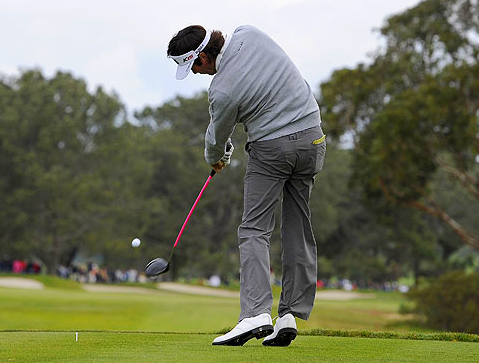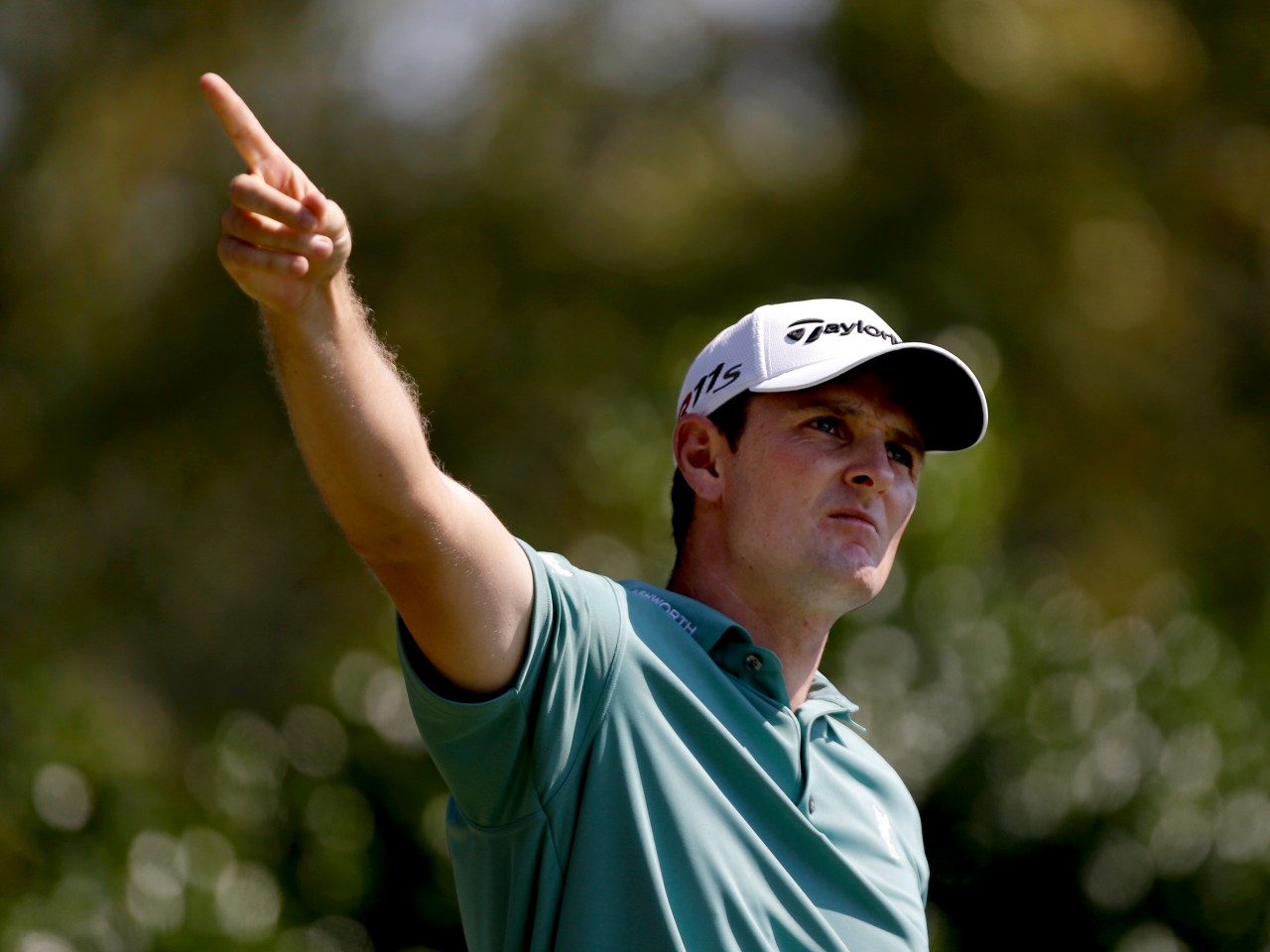You Need More Power
/Yes! Don't we all? As with all things in life some things are easier said than done and this is no different, but it IS possible. Have you heard about using the ground to generate more power? This is what I'll be addressing in this article - pushing off the ground in order to generate greater club speeds and longer shots. Take a look...
So here's what we're looking for just prior to starting the downswing:
- The trail knee maintains its position as the golfer starts the downswing. Just for a little while...
- The lead side separates as the player glides into their front side. This creates some leg separation.
- There should be a definite lowering or unweighting in the early downswing.
- The late downswing should be characterized by an upward thrust away from the ground.
Notice in the image below how in the early downswing my belt buckle is significantly lower than it is half way through the follow through...
This is something that all long drivers take full advantage of - that ability to really thrust up from the ground and in most cases actually push both feet off the ground. It's that push that will help to really get the clubhead moving.
Thanks for reading/watching and if you have a friend who would really benefit from this information please share it.













